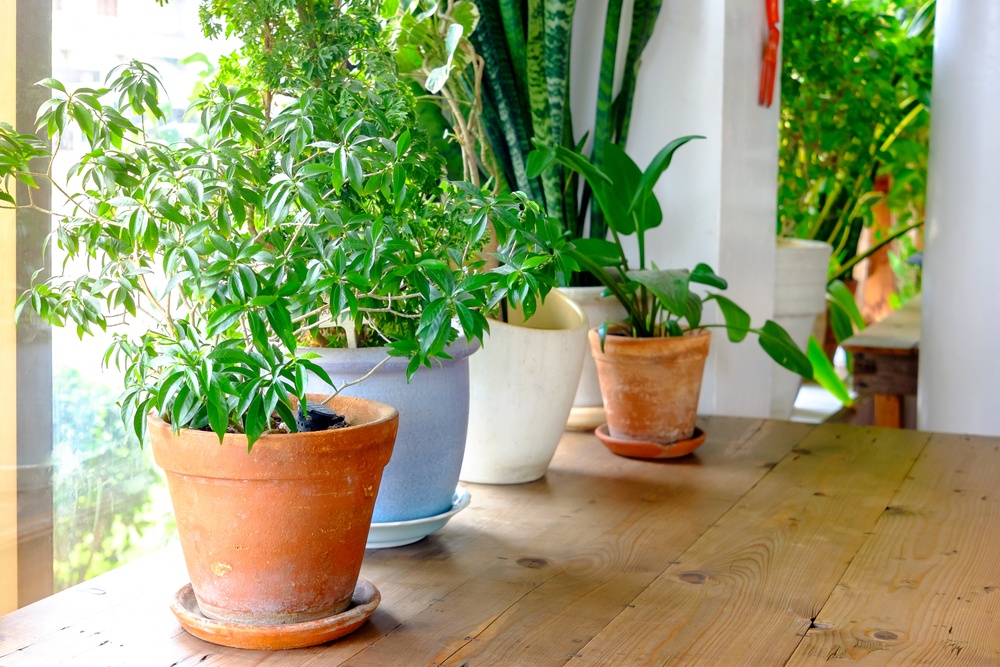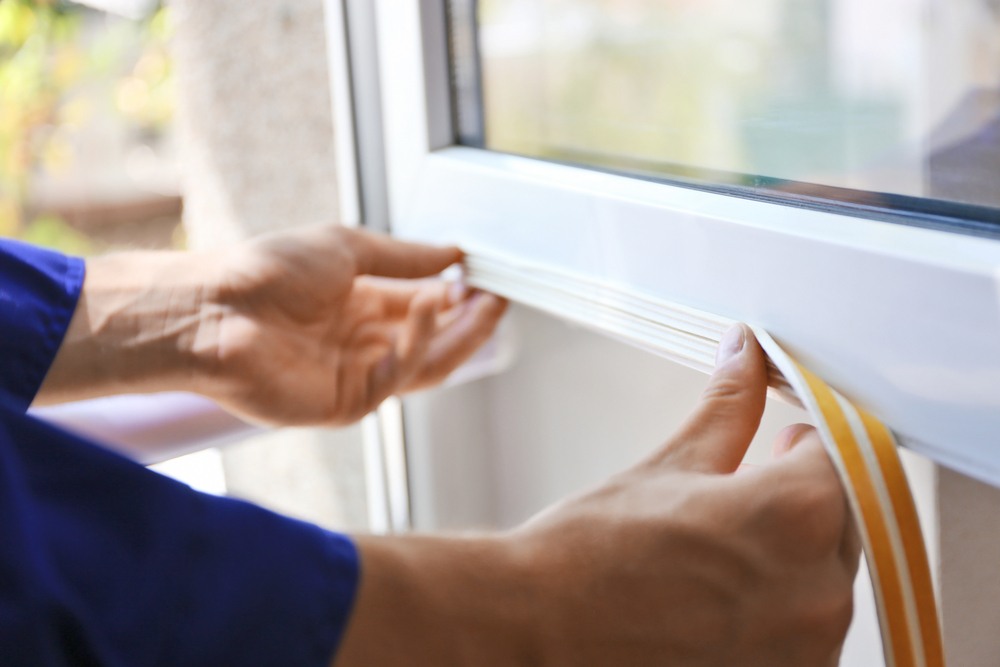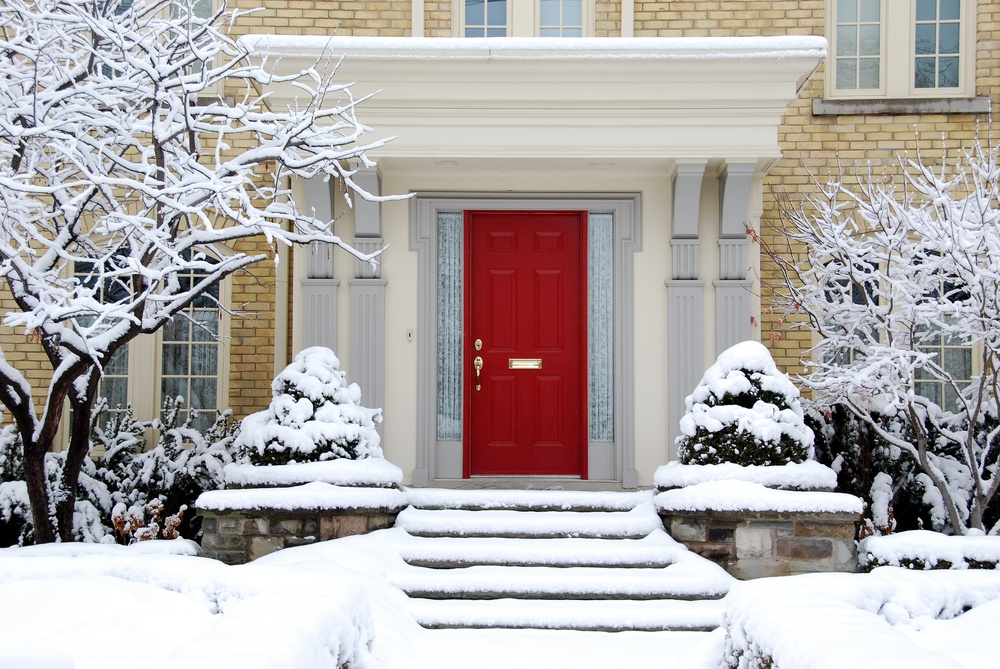 When you’ve made the decision to remodel your home, it’s easy to get so focused on the end result that you forget about how difficult the process of getting there can be. Home remodeling jobs have a reputation for being extremely stressful to deal with, but they don’t have to be. Here are a few things you can do to keep the home remodeling process as simple and stress-free as possible.
When you’ve made the decision to remodel your home, it’s easy to get so focused on the end result that you forget about how difficult the process of getting there can be. Home remodeling jobs have a reputation for being extremely stressful to deal with, but they don’t have to be. Here are a few things you can do to keep the home remodeling process as simple and stress-free as possible.
Start With a Detailed Plan
The more detailed your remodeling plans are to begin with, the fewer problems and delays you’ll run into later on. Even seemingly small, minor changes to your plan can drive up the total cost and make the job take longer than originally anticipated. If you go in with a very clear vision of what you’re looking for and know exactly what types of materials you want to use for the job, the contractor will also have a clearer understanding of what you want from the get-go.
Do Your Research
Before you agree to hire a contractor, take the time to do some research to make sure they’re licensed and insured. Hiring an unlicensed or uninsured contractor may save you some money upfront, but if the quality of work is poor or they use substandard materials, you’ll have a lot more frustration and more expenses in the long run by having to have the job redone.
While you’re doing research on a contractor, be sure to check their references and look for online reviews to see if other customers were satisfied with the contractor’s work. You may also want to check with the Better Business Bureau to see if there have been any major complaints filed against the contractor.
Get a Detailed Contract
Make sure the contractor you hire gives you a very detailed contract outlining exactly what work will be done. This will spare you any unpleasant surprises like finding out that your contractor won’t be doing any of the cleanup work.
Stay Organized and Keep Records
Save any and all documentation related to your home renovation and keep it all together in one place. If you communicate with your contractor via email or text message, keep copies of all your conversations. Use a notebook to take notes about things like phone conversations and things that happen during the job. That way, you’ll have a complete record of everything pertaining to your project and if there’s a dispute about anything, you’ll have everything you need to make your case.
Making Arrangements
Planning for a home renovation project involves more than deciding what needs to be done and choosing a contractor. If you have kids or pets, it may be best to make arrangements for them to stay elsewhere while workers are in the house. As a courtesy, it’s nice to let your neighbors know about your project, especially if the job involves workers coming close to their house or would make enough noise to disturb them. If you’re doing a very large scale remodel that would disrupt your entire lifestyle, it might be best to make hotel reservations or stay with friends or family while your house is being worked on.
Have an Emergency Fund
Last, but certainly not least, make sure you have some extra money to work with. It’s definitely not unheard of for problems to come up along the way that result in projects costing more than originally planned.









